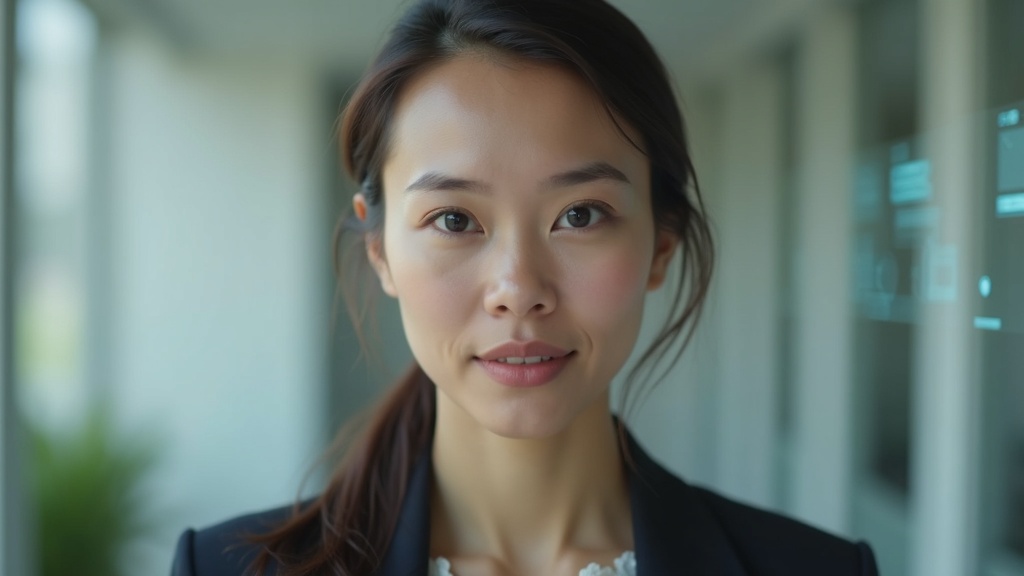From Headshot to Motion: How AI Video Elevates Your Personal Brand

This image was created in the BlendMe.ai app.
Subtitle: Use AI image-to-video tools to create micro-content that builds trust, stands out in feeds, and scales your visual identity.
LinkedIn profiles with photos get far more engagement than blank profiles, and short video intros are increasingly winning attention on feeds and messaging apps. As image-to-video AI tools mature, professionals and creators can convert still portraits into subtle motion—boosting relatability and recall without a full production. For many, a fast way to do that is using services like BlendMe.ai that transform headshots into polished micro-videos in minutes.
Why motion matters for personal branding
- Attention economy: Social platforms prioritize video, and motion conveys authenticity. A 2–6 second animated intro or subtle head movement draws the eye more reliably than a static image.
- Trust & memorability: Small motions (smiles, eye contact, subtle gestures) create perceived warmth and competence, which matter in networking and hiring contexts.
- Reusability: One trained AI portrait set can generate dozens of micro-videos for platforms, email signatures, pitch decks, and proposals.
Keywords to keep in mind: AI portrait, image-to-video, AI video, personal branding, LinkedIn headshot, profile photo.
How modern image-to-video AI works (brief)
At a high level: you provide a set of photos, an AI model learns your facial structure and appearance, then it synthesizes short animated clips that preserve your likeness. This is different from generic stock motion overlays—AI video preserves your identity while adding natural movement and expressions.
Practical benefits:
- Consistency: keep a unified visual style across platforms.
- Speed: generate new clips in minutes instead of booking shoots.
- Variety: produce business-formal intros for LinkedIn and more casual cutaways for Instagram.
Deep dive: best ways professionals use image-to-video today
- LinkedIn and outreach
- Use a 3–4s micro-intro as a profile video or in messaging outreach. It humanizes the first impression and increases response rates.
- Tip: choose a neutral background and a friendly, confident expression—avoid overacting.
- Pitch decks and proposals
- A subtle looping headshot video on the title slide makes the deck feel current and professional without distracting from content.
- Tip: export a muted MP4 at 720–1080p for compatibility.
- Social bios and stories
- Create both square and vertical versions so the same content adapts across platforms. Quick lifestyle variations (coffee shop look, studio lighting) help show range.
- Dating and casual profiles
- Short animated clips (a welcoming smile or a slight head tilt) can feel more authentic than a posed still and help conversions.
How BlendMe.ai features map to these use cases
- AI Portrait Generation: Train a personalized model with 10–20 photos, then generate unlimited high-res portraits tailored to business or casual looks. This eliminates repeated photoshoots.
- Image-to-Video: Transform headshots into short attention-grabbing micro-videos suitable for LinkedIn intros, stories, or pitch slides.
- Smart Editing: Retouch, swap backgrounds, and apply consistent style variations so your video thumbnails match the aesthetics you use elsewhere.
Scenario: a freelance designer needs consistent brand assets for proposals. They train an AI portrait model, generate three business-formal videos for pitch decks, and two casual clips for social — all within an afternoon.
Practical tips to get great AI videos
- Start with clean, varied photos: include neutral expressions, a smile, and one or two candid shots.
- Match style to channel: conservative for LinkedIn; warmer and more casual for Instagram.
- Keep motions subtle: micro-expressions read better and feel natural in short loops.
- Use a consistent background palette to maintain brand cohesion across assets.
- Export multiple aspect ratios and test thumbnails (the still frame people see in a feed).
Quick checklist before generating your first clip
- 10–20 high-quality photos uploaded
- Defined use cases (LinkedIn, story, pitch)
- Desired expressions/styles listed (formal, friendly, candid)
- Preferred aspect ratios for each platform
FAQs
Q: Will AI videos look fake? A: Modern image-to-video tools focus on subtle, realistic motion. With good source photos and conservative settings, results are natural and believable.
Q: Is this expensive or time-consuming? A: No. After the initial model training (a one-time step), creating variations and videos is fast and cost-effective compared to repeated photoshoots.
Q: What about privacy? A: Reputable providers process photos securely and use them only to build your personalized model—check the platform’s privacy policy for specifics.
Final thoughts: bring your brand to life, affordably
Static headshots will remain useful, but adding motion is a high-impact way to stand out and feel modern. Image-to-video AI turns a one-time investment in portraits into a reusable library of micro-content that boosts engagement across LinkedIn, socials, and professional materials. Tools like BlendMe.ai make that workflow accessible: train once, generate consistently, and adapt visuals to every channel.
Ready to turn your best headshot into motion? Download the app and start creating your micro-videos today.